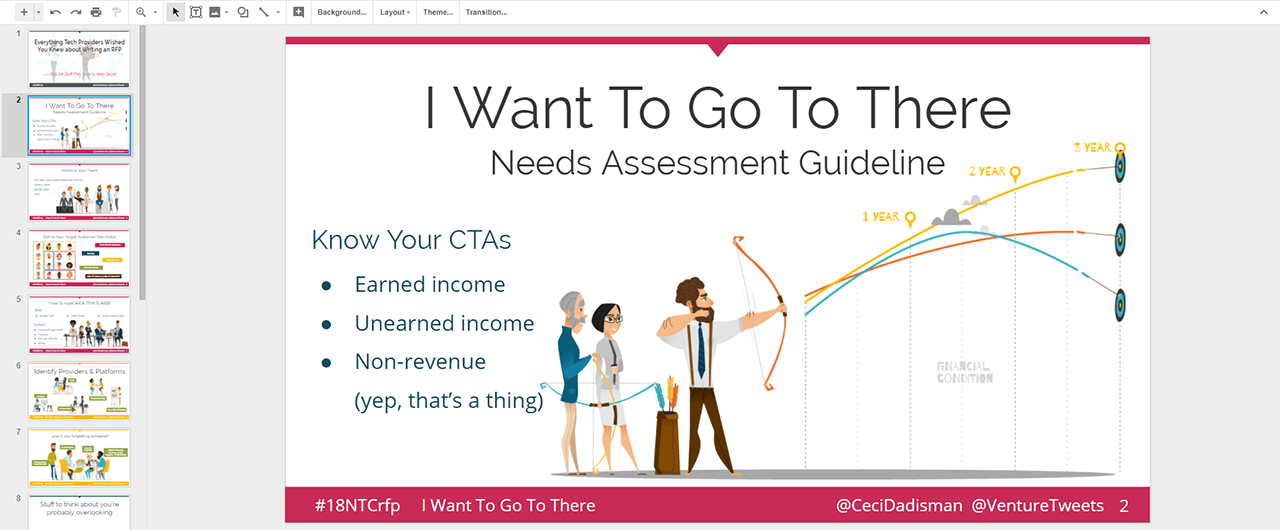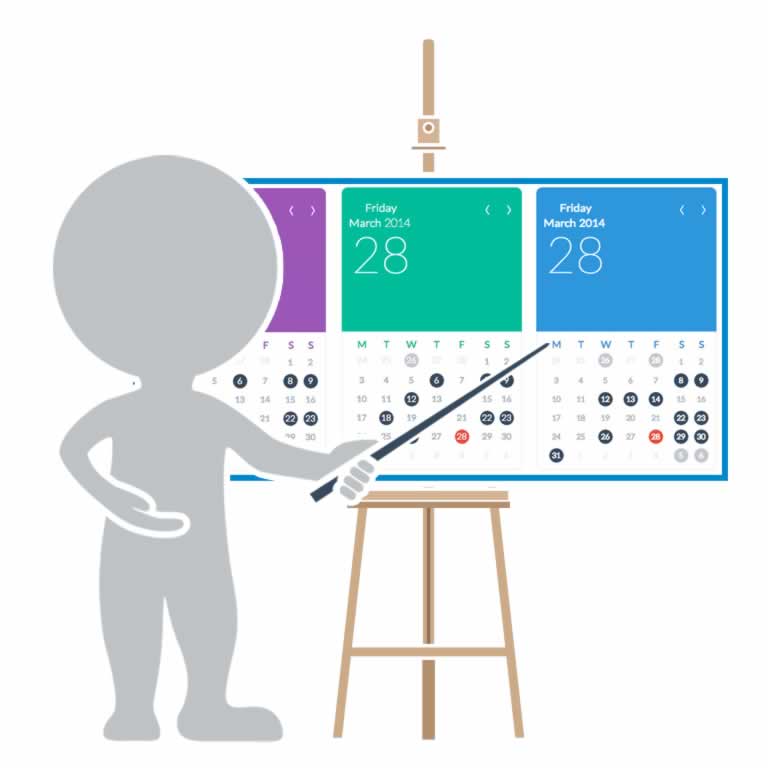If you’ve been stuck in the unseasonably cold stretch of weather plaguing the Midwest and Northeast, you deserve a last-minute biz trip to somewhere warm, fun, and full of teachable moments.
It just so happens the 2018 Nonprofit Technology Conference is next week (teachables: check) and it’s in New Orleans (warm and fun: double check). It’s not too late to register, find a cheap last-minute airfare, and book a hotel (it’s NOLA, they’re everywhere).
When you’re there, be sure to swing by my session on Wednesday afternoon:
- Session: Everything Tech Providers Wished You Knew about Writing an RFP (Plus the Stuff They Want to Keep Secret)
- Date & Time: April 11, 2018 @ 3:30 PM
- Room: 354
- Session Hashtag: #18NTCrfp
- Website Listing: http://po.st/w6PV1x
My co-presenter, Ceci Dadisman, and I have been hammering away at final edits, but I wanted to share a sneak peek at the slide deck.
Here’s the full session description:
Wouldn’t it be nice to have enough confidence to know if the proposal you get from tech providers is a meaningful bid or just a bunch of techy BS? Wouldn’t it be swell if you didn’t have to be afraid of throwing good money after bad, because you realize too late the questions you should have asked?
Most arts managers would rather write grant proposals that require seven years of detailed financials than deal with tech-based RFPs. Most of the geek-speak and platform considerations fall well outside their wheelhouse, which makes the odds of writing an RFP capable of producing the solution they want and need slim.
This session will pull back the curtain on how tech providers craft their proposals and the questions arts managers should be asking.
But crafting an RFP and evaluating proposals is a two-way street. Getting a good provider means being a good client.
Attendees will also learn how to get tech providers the information they really need to provide meaningful and authentic proposals.
Learning Objectives
- Create RFPs that providers can actually use
- Decipher proposal jargon from solutions
- Understanding development vs. legacy costs



